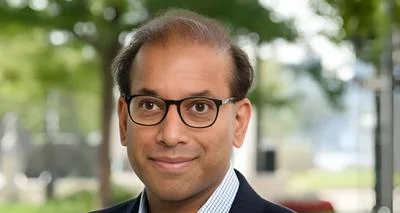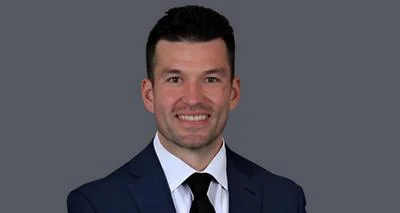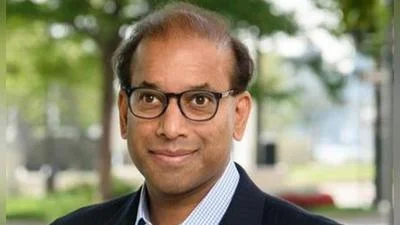Many people are depending on pensions for their retirement. | stock photo
Many people are depending on pensions for their retirement. | stock photo
The eyes of the nation are looking directly into the impact of the COVID-19 pandemic.
The longer-term ramifications are to be determined for many, particularly when it comes the economy and finances. Among those issues is retirement and the health of pension funds.
The latest numbers, which date back to 2018, has the Detroit General Retirement System sitting with an assets-to-liabilities ratio of 71%, just enough to pay off 8.5 years of retirement for beneficiaries, The Center Square reported.
The numbers place the city’s retirement system at 16th on a list of 148 different retirement funds in the nation on Wirepoints website rankings. Unfortunately for Detroit, Wirepoints ranked the funds from weakest to the strongest. It indicated the city’s fund is paying out $240 million with assets of $2.04 billion, Center Square reported.
How the pandemic affects the 71% ratio has yet to be seen. According to MarketWatch, Detroit was among the cities that had indications of a deeply troubled fiscal environments, with Los Angeles, New York City, Miami, Boston and Phoenix. According to its Public Pension Database, those cities are below the 70% funding mark.
As to be expected, Wirepoints predicts some of the weakest funds will see their financial declines accelerate because of financial conditions surrounding the coronavirus pandemic. That news bodes negatively for the pension fund system for a number of municipalities. States that could experience issues with poor pension funds include Kentucky, Illinois, New Jersey and Connecticut, while Pennsylvania, South Dakota, Washington and the District of Columbia have systems ranked among the healthier in the nation, according to Wirepoints.
Kentucky ERS was ranked first on the list at a 16% funded ratio, and the Chicago Police Department is second with a 22% funded ratio. Washington D.C. teachers were near the top with a 96% funded ratio, and the South Dakota Retirement System turned in a 100% funded ratio.





 Alerts Sign-up
Alerts Sign-up